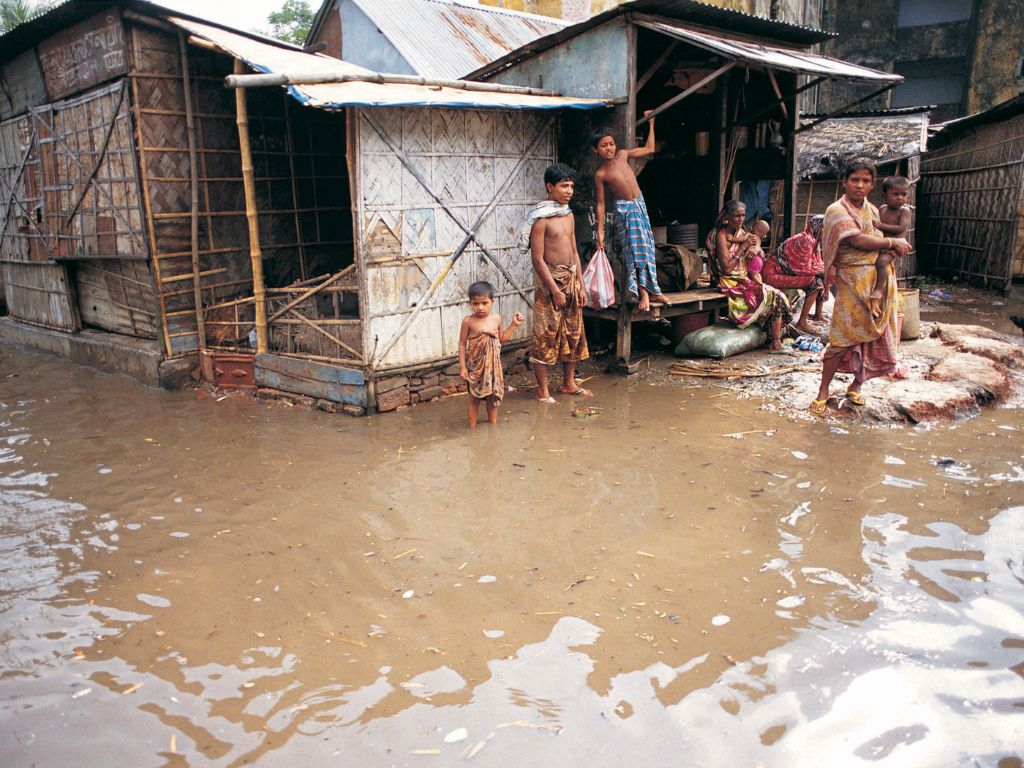Cyclone Sitrang made landfall on Tuesday, flooding streets, washing away hundreds of houses, and damaging nearly 6,000 hectares of cropland in low-lying areas along the country’s southwest coast. Bangladesh is prone to floods and other climate change-induced natural disasters.
—
A powerful cyclone made landfall in the Bay of Bengal on Tuesday, flooding several low-lying areas and killing at least 35 people.
Tropical storm Sitrang hit Bangladesh’s southern and southwestern coast with winds gusting up to 88kph (55mph) and a storm surge of about 3 metres (10 feet). According to Enamur Rahman, Bangladesh’s junior minister for disaster management, the floods damaged some 10,000 homes and nearly 6,000 hectares (13,826 acres) of cropland. Thousands of fishing projects were also washed away.
Falling trees knocked over some 2,000 electric poles, leaving 8 million people without electricity. However, power distribution would likely not be normalised until Wednesday, Nasrul Hamid, junior minister for power and mineral resources, told reporters.
There is no doubt among climate scientists that global warming played a role in this and many other extreme weather events that hit the disaster-prone nation in recent years. In late June, Sylhet and Sunamganj in northeastern Bangladesh experienced some of the worst floods in more than a century, which resulted in the displacement of an estimated 9.5 million people and left entire communities without food and water supplies for days.
In Bangladesh, one of the world’s most vulnerable to climate change, an estimated 3.5 million people are at risk of river flooding every year. As a result of global warming, temperatures in the country have increased by at least 0.5C since 1976 and monsoon patterns have shifted in recent decades, becoming not only stronger but also more difficult to predict. Consequently, the rain expected to fall in a year is instead falling in a space of just a few weeks.
The UN predicts that over the next decade, about 17% of Bangladeshi would need to be relocated if global warming persists at the present rate. Besides destroying human settlements, these frequent and devastating weather events represent a huge threat to the country’s agriculture, infrastructure, and clean water supply.
You might also like: The Looming Threat of Sea Level Rise in Bangladesh


















